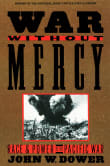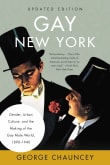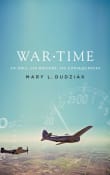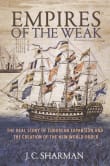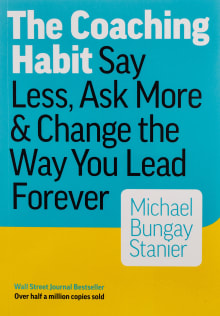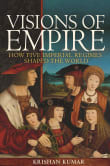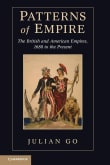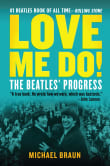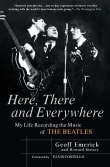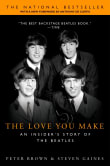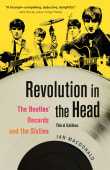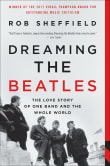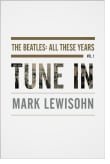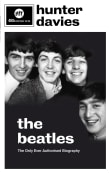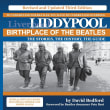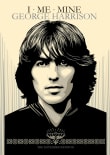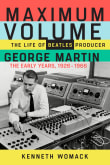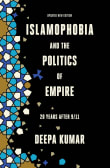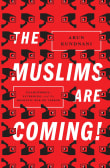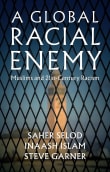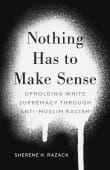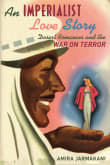How to Hide an Empire
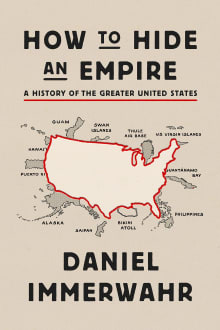
Book description
Named one of the ten best books of the year by the Chicago Tribune
A Publishers Weekly best book of 2019 | A 2019 NPR Staff Pick
A pathbreaking history of the United States’ overseas possessions and the true meaning of its empire
We are familiar with maps that outline…
Why read it?
4 authors picked How to Hide an Empire as one of their favorite books. Why do they recommend it?

I’ve read thousands of books on US history (for real). Many have made me rethink the narratives I learned in high school and college, but this is the only one that made me rethink what we mean when we say “US History.”
I can’t count the number of times this book made me say, “Wow!” out loud. As just a taste, Immerwahr writes that by 1940, 1 in 8 Americans lived outside of the states themselves, Asians constituted the largest American minority, the center of population was in New Mexico, and Manila was one of the country’s largest cities.
All…

Ask most people about the extent of the United States, and they will probably respond the Lower 48 States plus Alaska and Hawaii.
But the United States has also ‘owned’ a large number of other possessions over its history, ranging from now-independent countries like the Philippines, to areas like the Panama Canal Zone, to small islands that most people have never heard of like Navassa.
Although it does not fit comfortably into the typical upbeat narrative, America has been an empire for most of its history, with all of the condescension and injustice that empires usually entail. This book makes…

I love a good history book, and I love well-written books. How to Hide an Empire is a fun and informative history of all the territories the United States has controlled over the years: how we got ‘em, and how we integrated them or gave them up.
Much of this was new and surprising to me. I liked the story of the U.S. Guano islands in the days when bird poop was a highly valued commodity for fertilizer. The history of why the United States gave up its colonies right after WWII was very insightful: a function of plastics, military…
If you love How to Hide an Empire...

This is one of the most enjoyable works of history I’ve ever read.
Immewahr combines a range of vignettes and detailed case studies of the Spanish-American war, the period of US colonization of the Pacific, the green revolution, and the economic impact of synthetics, to the deeply inter-imperial context of 1960s Liverpool out of which the British pop culture phenomenon of The Beatles arose.
Immewahr begins the book by pointing out that turn of the century children’s textbooks were teaching children to see the United States as composed of its non-incorporated territories – the Greater United States. His book is…
From April's list on empire as a particular kind of politics.
If you love How to Hide an Empire...
Want books like How to Hide an Empire?
Our community of 12,000+ authors has personally recommended 100 books like How to Hide an Empire.


